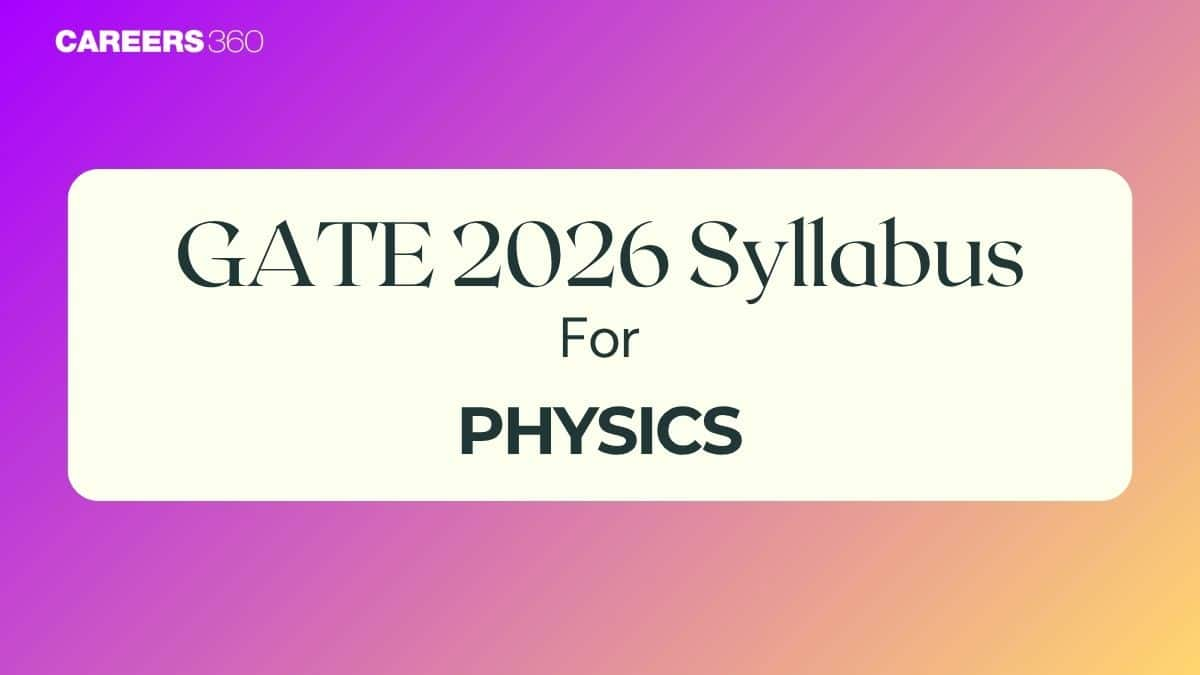Mathematical Physics | Linear vector space: basis, orthogonality and completeness; matrices; similarity transformations, diagonalization, eigenvalues and eigenvectors; linear differential equations: second order linear differential equations and solutions involving special functions; complex analysis: Cauchy-Riemann conditions, Cauchy’s theorem, singularities, residue theorem and applications; Laplace transform, Fourier analysis; elementary ideas about tensors: covariant and contravariant tensors. |
Classical Mechanics | Lagrangian formulation: D’Alembert’s principle, Euler-Lagrange equation, Hamilton’s principle, calculus of variations; symmetry and conservation laws; central force motion: Kepler problem and Rutherford scattering; small oscillations: coupled oscillations and normal modes; rigid body dynamics: inertia tensor, orthogonal transformations, Euler angles, Torque free motion of a symmetric top; Hamiltonian and Hamilton’s equations of motion; Liouville’s theorem; canonical transformations: action-angle variables, Poisson brackets, Hamilton- Jacobi equation. Special theory of relativity: Lorentz transformations, relativistic kinematics, mass-energy equivalence |
Electromagnetic Theory | Solutions of electrostatic and magnetostatic problems including boundary value problems; method of images; separation of variables; dielectrics and conductors; magnetic materials; multipole expansion; Maxwell’s equations; scalar and vector potentials; Coulomb and Lorentz gauges; electromagnetic waves in free space, non-conducting and conducting media; reflection and transmission at normal and oblique incidences; polarization of electromagnetic waves; Poynting vector, Poynting theorem, energy and momentum of electromagnetic waves; radiation from a moving charge. |
Quantum Mechanics | Postulates of quantum mechanics; uncertainty principle; Schrodinger equation; Dirac Bra-Ket notation, linear vectors and operators in Hilbert space; one-dimensional potentials: step potential, finite rectangular well, tunnelling from a potential barrier, particle in a box, harmonic oscillator; two and three dimensional systems: concept of degeneracy; hydrogen atom; angular momentum and spin; addition of angular momenta; variational method and WKB approximation, time-independent perturbation theory; elementary scattering theory, Born approximation; symmetries in quantum mechanical systems. |
Thermodynamics and Statistical Physics | Laws of thermodynamics; macrostates and microstates; phase space; ensembles; partition function, free energy, calculation of thermodynamic quantities; classical and quantum statistics; degenerate Fermi gas; black body radiation and Planck’s distribution law; Bose-Einstein condensation; first and second order phase transitions, phase equilibria, critical point. |
Atomic and Molecular Physics | Spectra of one-and many-electron atoms; spin-orbit interaction: LS and jj couplings; fine and hyperfine structures; Zeeman and Stark effects; electric dipole transitions and selection rules; rotational and vibrational spectra of diatomic molecules; electronic transitions in diatomic molecules, Franck-Condon principle; Raman effect; EPR, NMR, ESR, X-ray spectra; lasers: Einstein coefficients, population inversion, two and three-level systems. |
Solid State Physics | Elements of crystallography; diffraction methods for structure determination; bonding in solids; lattice vibrations and thermal properties of solids; free electron theory; band theory of solids: nearly free electron and tight binding models; metals, semiconductors and insulators; conductivity, mobility and effective mass; Optical properties of solids; Kramer’s-Kronig relation, intra- and inter-band transitions; dielectric properties of solid; dielectric function, polarizability, ferroelectricity; magnetic properties of solids; dia, para, ferro, antiferro and ferri-magnetism, domains and magnetic anisotropy; superconductivity: Type-I and Type II superconductors, Meissner effect, London equation, BCS Theory, flux quantization. |
Electronics | Semiconductors in equilibrium: electron and hole statistics in intrinsic and extrinsic semiconductors; metal-semiconductor junctions; Ohmic and rectifying contacts; PN diodes, bipolar junction transistors, field effect transistors; negative and positive feedback circuits; oscillators, operational amplifiers, active filters; basics of digital logic circuits, combinational and sequential circuits, flip-flops, timers, counters, registers, A/D and D/A conversion. |
Nuclear and Particle Physics | Nuclear radii and charge distributions, nuclear binding energy, electric and magnetic moments; semi-empirical mass formula; nuclear models; liquid drop model, nuclear shell model; nuclear force and two nucleon problem; alpha decay, beta-decay, electromagnetic transitions in nuclei; Rutherford scattering, nuclear reactions, conservation laws; fission and fusion; particle accelerators and detectors; elementary particles; photons, baryons, mesons and leptons; quark model; conservation laws, isospin symmetry, charge conjugation, parity and time-reversal invariance. |

